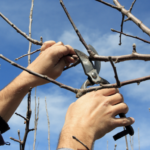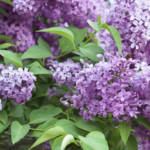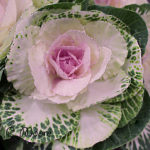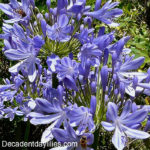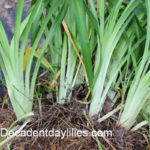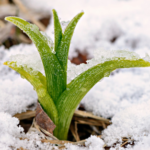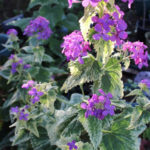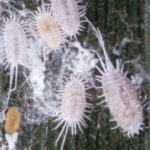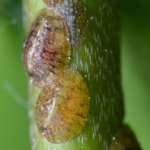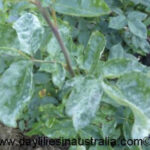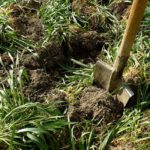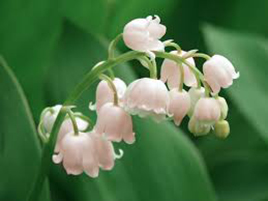
Lily of the Valley Planting the Pips
Lily Of The Valley Planting Tips:
How To Plant When To Plant in Australia
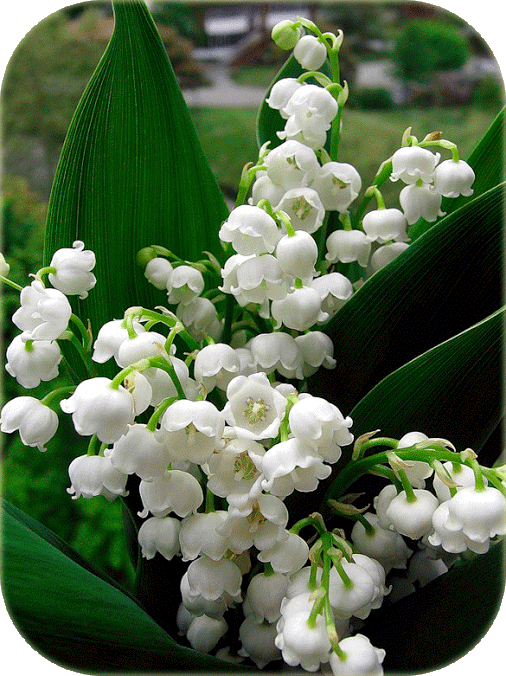 The Lily of the Valley (Convallaria) is attractive looking plants with white or pale pink coloured nodding bell flowers that hang in clusters with bright green, elliptical shaped leaves. The flowers are quite fragrant and are most sought after flowers to be used in many bouquets.
The Lily of the Valley (Convallaria) is attractive looking plants with white or pale pink coloured nodding bell flowers that hang in clusters with bright green, elliptical shaped leaves. The flowers are quite fragrant and are most sought after flowers to be used in many bouquets.
Growing conditions
Lily of the Valley flowers during the spring time and thrives in moderately rich and moist soil. The plant can grow well in heavy shaded areas at the fence base in light shaded areas. They will flourish well in cooler climates. It tolerates full sunlight only in cooler climate regions. The soil needs to be enriched with good organic compost, cow manure, blood and bone for the plant to grow and bloom well. They should not be let dry during summer time and can grow actively in cooler regions when watered once a week.
Planting the Lily of the Valley Pips
The ideal planting time for Lily of the Valley is during May and June in Australia when the plant is dormant, this is when the pips are normally for sale at online nurseries. The underground rhizome of the plant is called the bulbs or the pips and can be divided into smaller divisions to grow new plants after the flowering season. The plant is a poisonous one and complete care has to be taken when planting it. The plant does not need great care during growing and hates acidic soils and warm humid climates but will flourish in winter temperatures. Just plant the root stock on the prepared ground by placing them flat on the soil and cover them with just 2 to 3 cm of soil. Each of the pip must be about 7 cm apart to have enough space to grow. Keep the soil moist all through the growing season of the plant.
The best time to plant the Lily of the Valley is during late summer and through the winter. They prefer to grow in semi shade and cooler conditions where they can easily naturalise. It is ideal to plant the Lily of the Valley plant during between the months of June and September.
How to Plant Lily of the Valley Seed Pods
Red berries seedpods form after Lily of the Valley has finished flowering if you don’t wish to start the seeds you will need to remove them before the seeds drop to the ground and the birds get them.
How Lily of the Valley can be propagated from seed
- The seeds are viable when the red berries become ripe, this is when the berries become dark and shrivelled eventually they will turn a rusty brown colour.
- To remove the red berries you will need to wear gloves because the red berries are toxic.
- Soak the seed in tepid warm water over night this helps the seed to swell for quicker germination.
- Plant the seeds a ¼ inch deep, cover the seed with compost or rotted leaf litter for good drainage. Keep the water up to the seeds at all times.
Growing Lily of the Valley from seed, you have to be patient as it can take several years from seed to flowering.
Lily of the Valley Varieties to Grow and Buy in Australia
- Convallaria Majalis – A white lily of the Valley plant with broad leaves and bell shaped white flowers and strong perfume.
- Majalis var Rosea – A pretty pink flowering broad leaf lily of the valley height is 30cm grows well under shady trees but must be kept damp.
Growing Lily Of The Valley in pots
As the Lily of the Valley is ideal to be grown in pots, they can be easily potted and grown without much care. All you need is to give them a well drained and moist soil with a whole lot of humus and you will see the plant bloom well in one to two years time. You need to plant the rhizome pips about 3 cm deep in the manure filled pot and place each rhizome about 10 cm apart. Topdress by adding decayed animal manure on top of the potting soil during the winter will help the plants to grow and bloom well. Make sure that the pot is moist and watered well during spring and summer time.
Caring for the Lily of the Valley
The plant does not need much care and only needs ideal conditions like colder climates, partial and full shade to grow and bloom to its full strength. Add just an inch of water around the plant when the soil goes dry and to a depth of about 1 to 2 inches. Once the plant dies down during the autumn, you should prune the foliage and the stalks to aid its growth.



